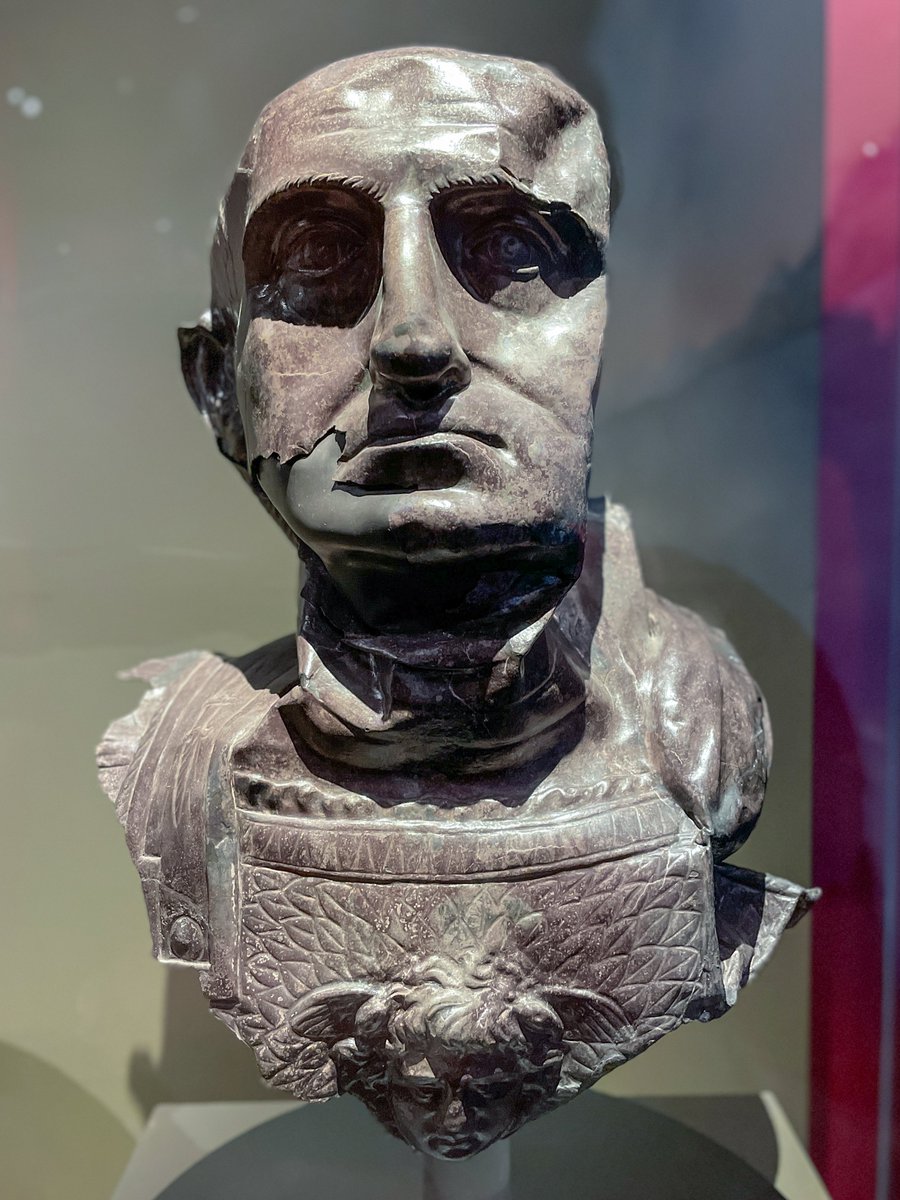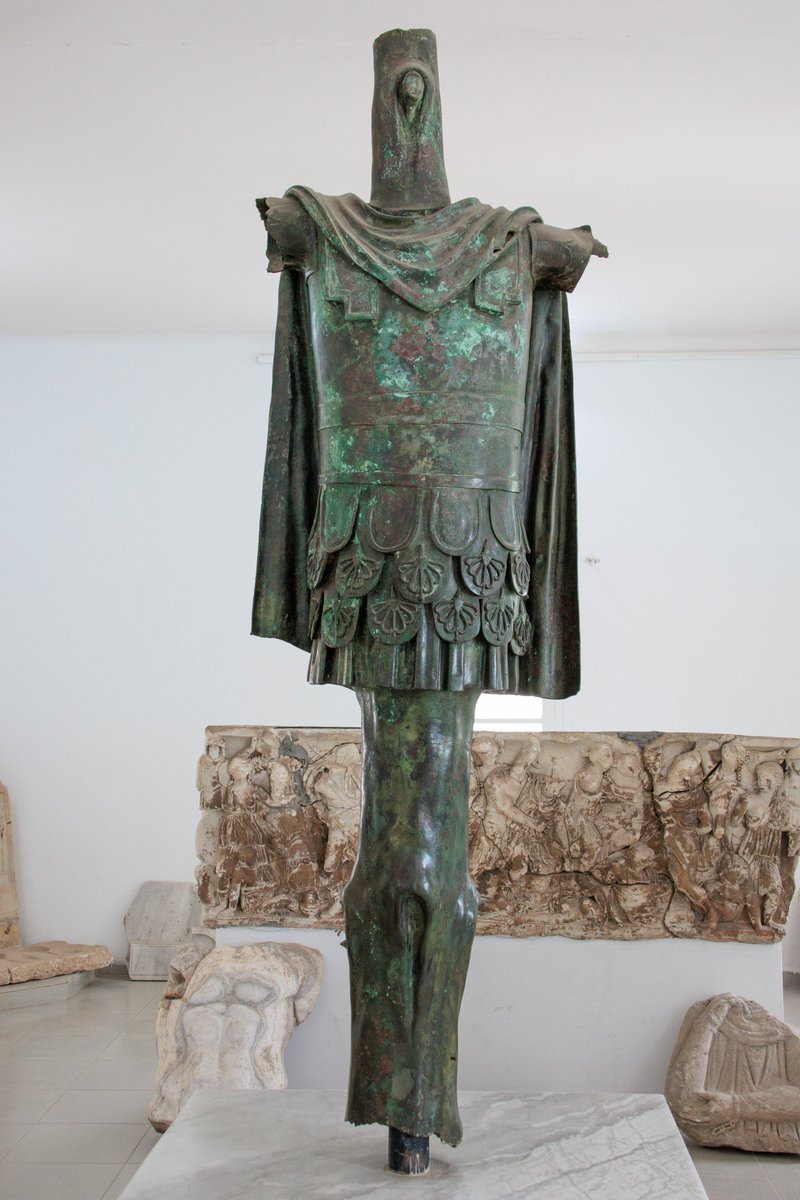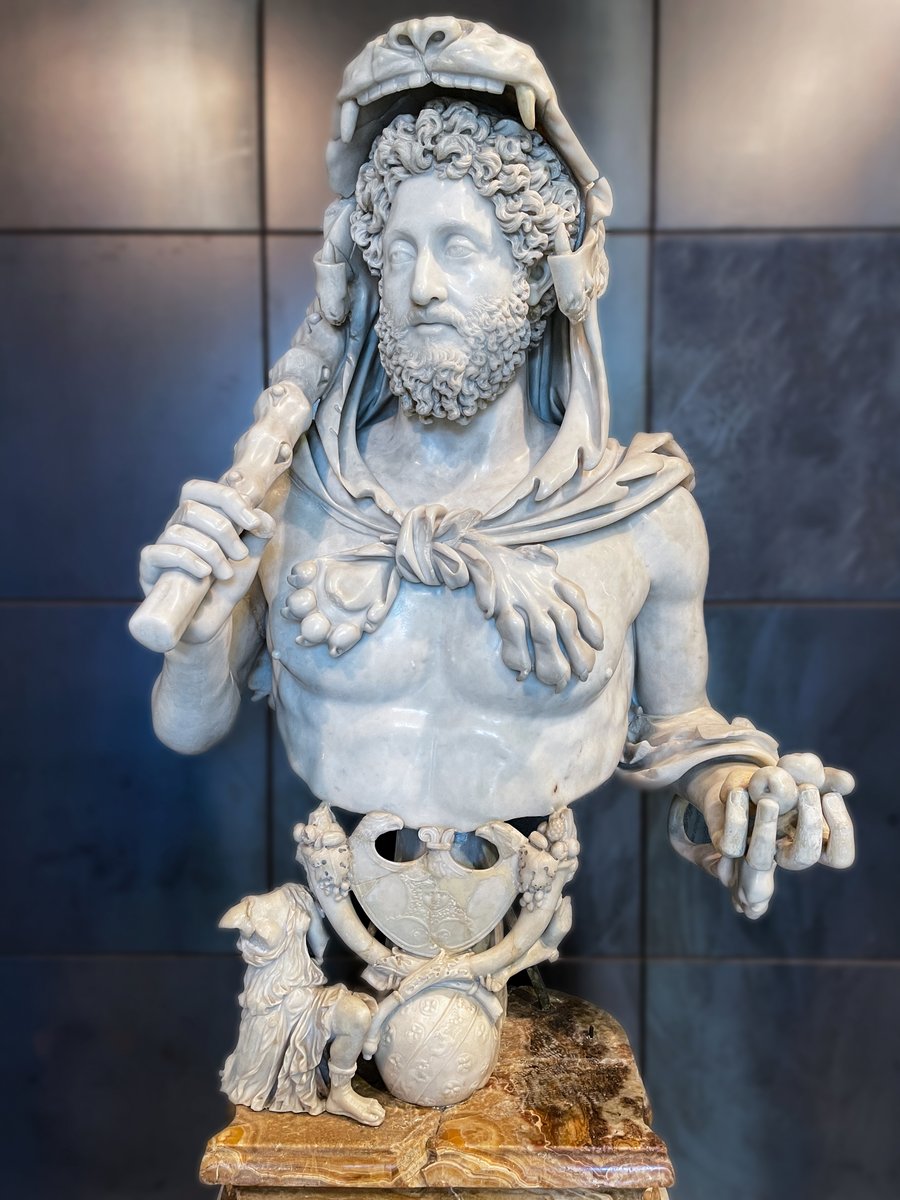A delightful representation of Nike, goddess of victory, playing a lyre. Athenian lekythos, found at Gela c.450 BC. Ashmolean Museum #VEDay 

Marble wings of the goddess Victory found in the Domus Tiberiana of the imperial palace on the Palatine hill. Augustan era, Palatine Hill Museum #VEDay #VEDay75 


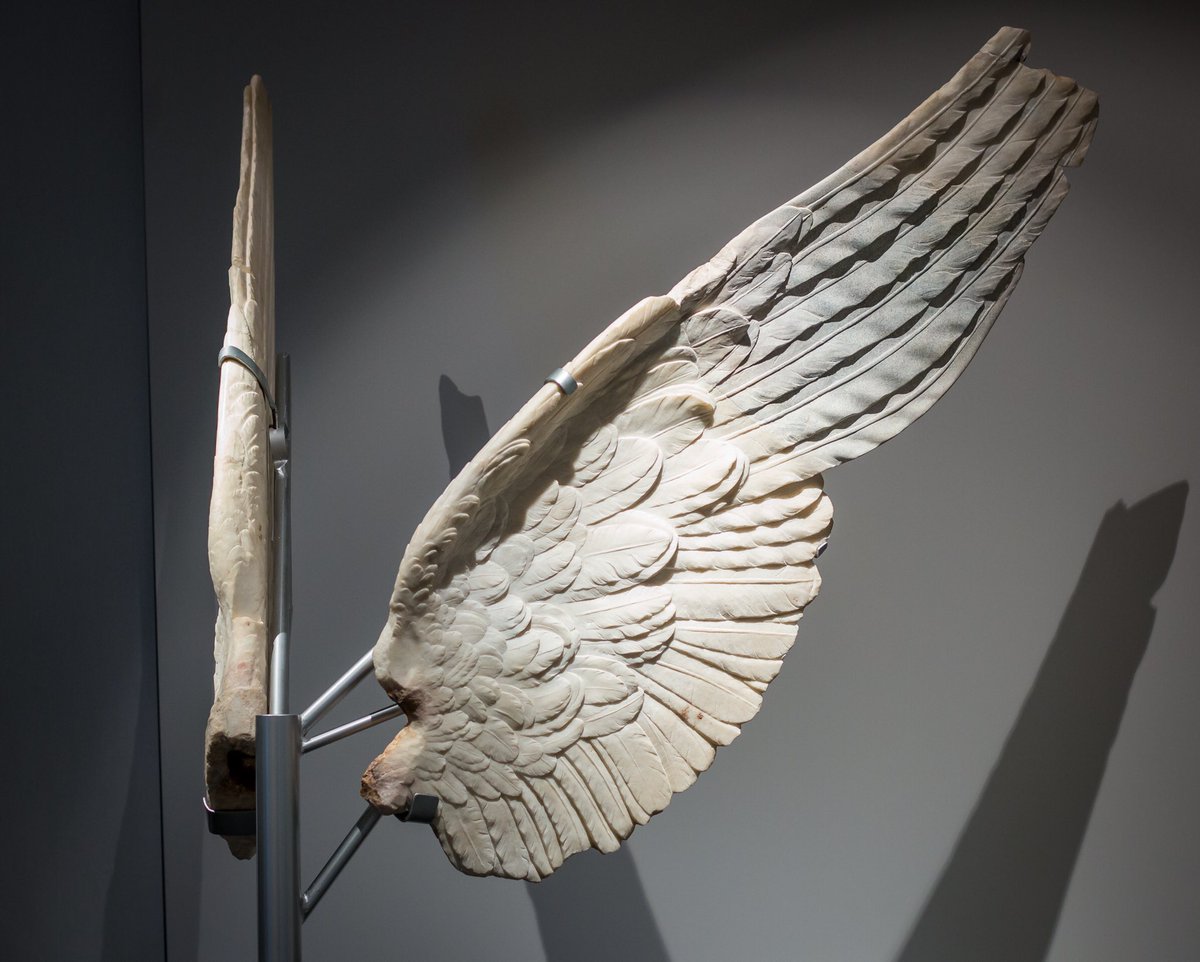

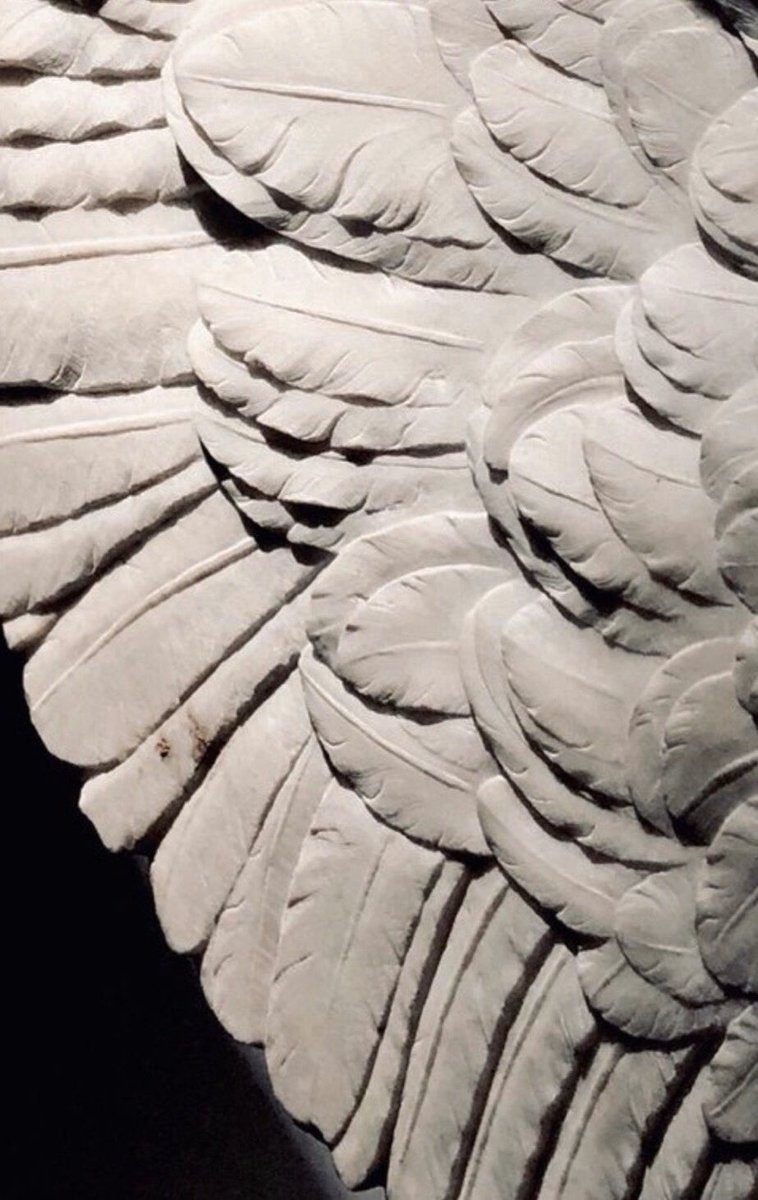
Bronze foot from one of a pair of winged Victories that stood on the pediment of the Temple of Mars Ultor in the Forum of Augustus, inaugurated in 2 BC. #VEDay #VEDay75 

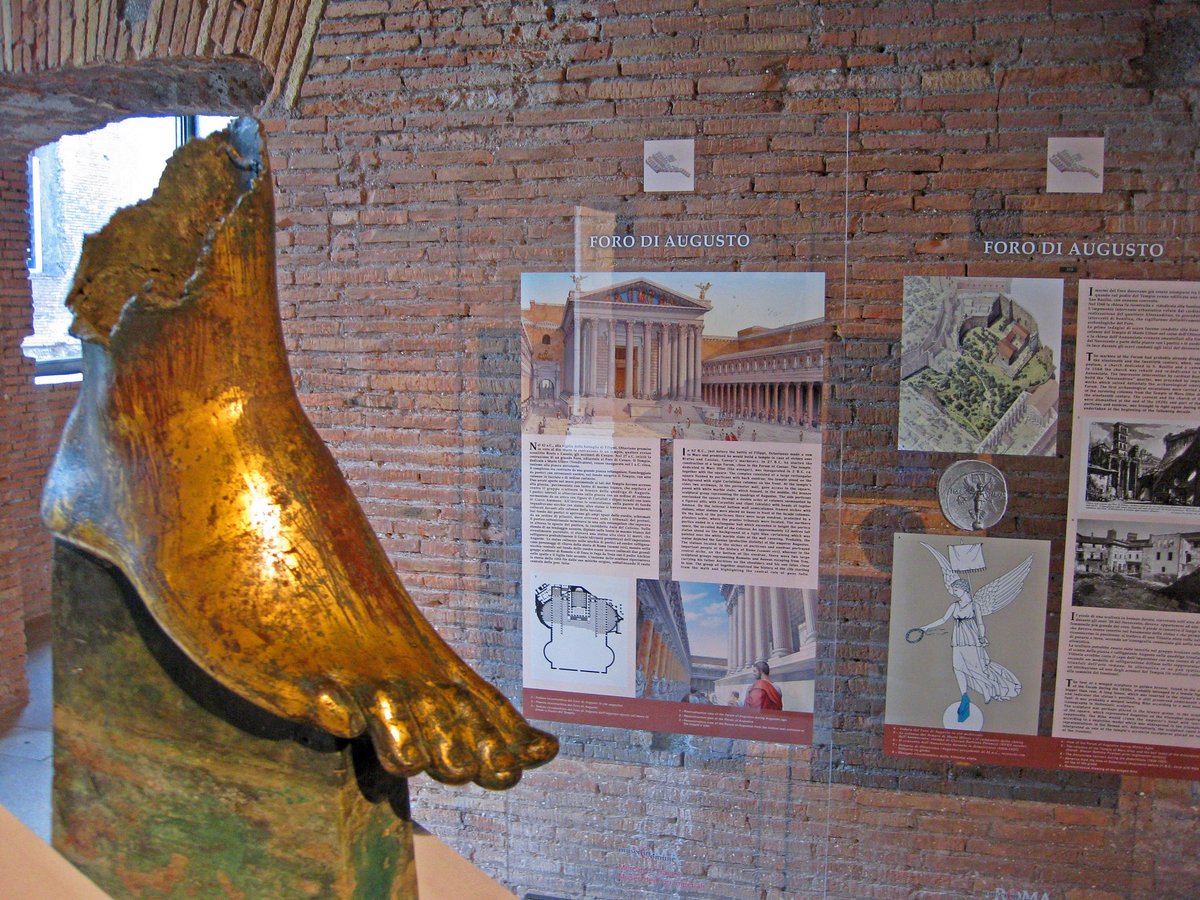

The goddess Victory on a denarius of Gaius Naevius Balbus from my collection, minted in 79 BC. She holds the reins to a rarely depicted "triga", or three-horse chariot, prancing delightfully across the coin. #VEDay75 #VEDay 

Relief of Victory with war trophies, and various bound barbarian captives, 2nd century AD, Boboli Gardens, Florence 



Roman bronze plaque depicting Victory carrying a trophy of captured arms, from Isca Augusta (Caerleon) #VEDay75 #VEDay75 

Victory rides in a biga on a large Roman gold intaglio ring (200-300 AD) found near Crewkerne, Somerset by @jlmassey73 in 2018. #VEDay75 #VEDay 

Victory holds a palm leaf and sacrifices from a patera onto a lighted and garlanded altar; her beautiful, lively depiction exemplifies the amazing skill of Roman die engravers. Denarius of Trajan from my collection, 101-102 AD. #VEDay #VEDay75 



The Roman bronze winged victory of Brescia discovered in 1826 - she would have once been holding and inscribing a shield, resting a foot on a helmet. Late 1st century AD #VEDay75 #VEDay 





Roman marble statue of Victory standing atop the globe, discovered at the bottom of an Ottoman well excavated in 1988. Library of Hadrian, Athens #VEDay #VEDay75 

Victory inscribing a shield halfway up Trajan’s Column. Contemporary coinage shows Victory writing “Dacica”, also likely the name of Trajan’s lost commentary on his Dacian Wars. #VEDay #VEDay75 



Victory driving a quadriga bearing Jupiter, who raises a thunderbolt ready to strike. Silver quadrigatus from my collection minted 225-214 BC. #VEDay #VEDay75 

Lucius Verus, co-emperor with Marcus Aurelius from 161 until his death in 169 AD, holds the globe with winged Victory standing atop of it. #VEDay #VEDay75 

• • •
Missing some Tweet in this thread? You can try to
force a refresh









